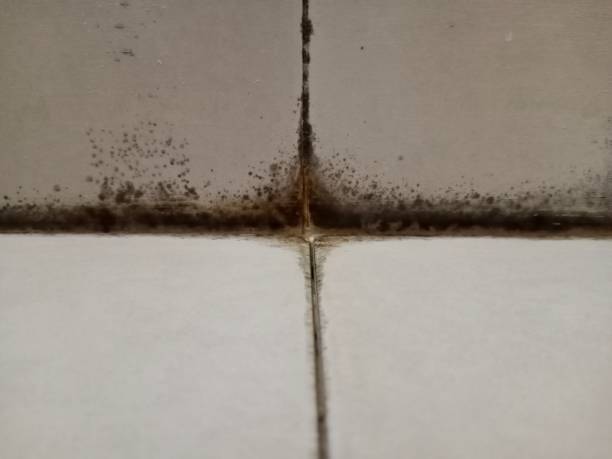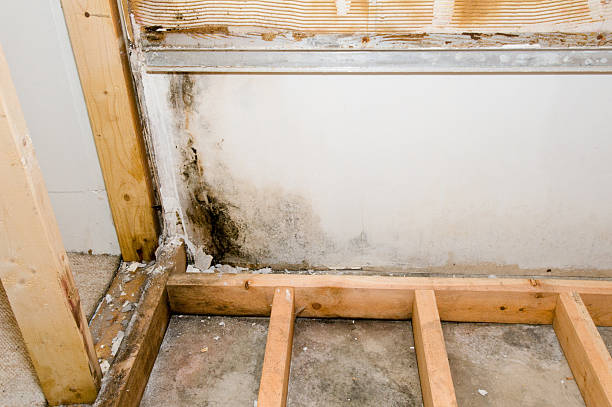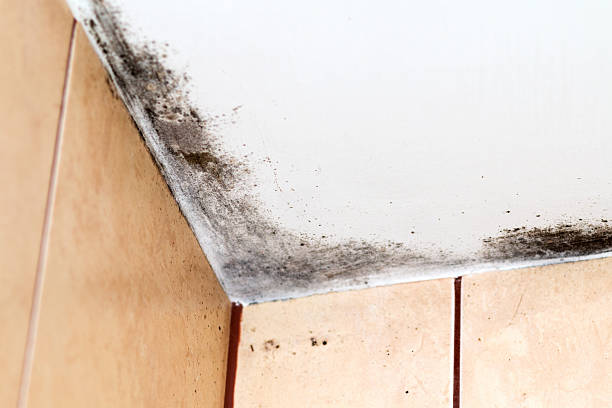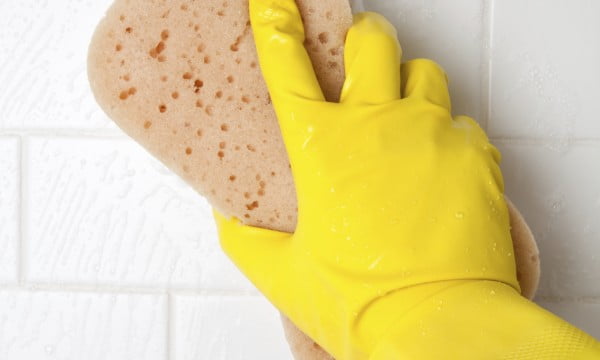Bathroom Mold
Bathroom Mold
- bathroom mold is a fungus that thrives in damp bathrooms and forms a dusty, powdery surface on bathroom surfaces.
- bathroom mold is a common cause of asthma symptoms, including wheezing, shortness of breath, and coughing.
- Bathroom mold can have serious consequences for bathroom fixtures that stay wet for too long, such as bathroom tiles, bathroom walls and grout.
- Mold can affect tiles set into bathroom walls or porous bathroom surfaces, such as carpet.
Decontamination services
- Mold In Bathrrom
- Mold on Windows
- Mold Attic
- Black Mold
- White Mold
- Yellow Mold
Mold In the Bathroom | 5 risk factors
Mold is a common problem, which can affect both bathrooms and kitchens. The presence of mold in the bathroom can be unsightly, but you need not worry because mold on bathroom surfaces can be dealt with easily without causing damage to your fixtures and fittings.
However, mold can be caused by different factors. If you have mold in the bathroom, it is important to identify the causes in order to remedy it accordingly. There are several causes of mold in the bathroom that you should be aware of.
1) Too high humidity: Bathroom fixtures and fittings usually retain water, which leads to increased humidity. High humidity is an ideal breeding ground for mold. If the bathroom is not properly ventilated, you may have mold problems in the bathroom.
2) Poor bathroom ventilation: If your bathroom is overloaded with fixtures and fittings, there is not enough space or airflow to support proper bathroom ventilation. baths. If your bathroom isn’t well ventilated, bathroom mold is more likely to form.
3) Lack of bathroom cleaning: Bathroom mold can grow if you don’t clean your bathroom surfaces properly and regularly. If you have poor bathroom cleaning habits, bathroom mold is likely to grow and spread.
4) Leaking pipes: Your bathroom ceiling can be damaged by leaking bathroom pipes. If bathroom pipes are leaking, bathroom mold is likely to grow on bathroom surfaces.
5) Leaking tubs and showers: Bathroom mold can be the result of a leaky tub or shower. You should regularly check your bathroom fixtures for signs of water damage.
In addition, bathroom mold can also grow from mold spores that are present in the bathroom. If you don’t keep your bathroom surfaces clean and free of moisture, it will spread quickly.
What is bathroom mold ?
Bathroom mold refers to the typical black or green stains that tend to appear in a bathroom. These stains are a form of fungus caused by excess humidity, poor ventilation and general clutter in the bathroom.
How does bathroom mold grow ?
Mold is a common problem, which can affect both bathrooms and kitchens. The presence of mold in the bathroom can be unsightly, but you need not worry because mold on bathroom surfaces can be dealt with easily without causing damage to your fixtures and fittings.
However, mold can be caused by different factors. If you have mold in the bathroom, it is important to identify the causes in order to remedy it accordingly. There are several causes of mold in the bathroom that you should be aware of.


Black Mold in Bathroom
Black mold is a mold that can be found in your bathrooms and other damp places. This is a type of mold that grows very quickly.
Therefore, black mold can easily contaminate the air and surfaces if not cleaned up immediately. If you see black mold in the bathroom, that’s a sure sign that there is a mold problem. That’s why it’s important to get rid of bathroom mold as quickly as possible.
Black mold is not a good thing to have in your bathroom. It can cause allergenic symptoms and trigger asthma flare-ups, especially in people with mold allergies.
Bathroom pink Mold
Pink mold in the bathroom is usually a sign of excess moisture introduced by bathroom fixtures, the bathroom floor or walls. In some cases, pink mold in the bathroom can be attributed to organic matter left on bathroom surfaces for too long. It is important to get rid of this type of mold immediately because it can eat away at some bathroom surfaces and leave a permanent scar.
Removing pink mold from the bathroom is a relatively simple process that does not require expensive tools or products. Pink mold can be removed using bathroom cleaner and a scrub brush. If pink mold has eaten away at bathroom surfaces, be sure to use an acidic cleaner like vinegar and water to get rid of it completely.
Bathroom ceiling Mold
Mold on bathroom ceiling can be caused by several factors.
Regular bathroom cleaning can help prevent bathroom ceiling mold and the musty smells that come with it. Bathroom mold can also spread throughout the home and cause damage to home materials and furniture, so it’s important to deal with bathroom ceiling mold problems at an early stage.

How to Prevent Mold in Bathroom
To prevent mold from growing, you can take several steps. First, you need to reduce the humidity level in the bathroom to discourage mold growth. You should also improve bathroom ventilation by having bathroom fans, which you can do yourself. You should also keep bathroom floors and counters clean.
When water accumulates on bathroom surfaces, mold can grow. You should always dry bathroom surfaces after they have been wet to prevent mold growth.
To prevent mold in the bathroom:
- Clean bathroom tiles and grout with a bleach-based product to reduce the amount of mold in the bathroom.
- Don’t keep cleaning products in the bathroom, especially those with bleach or ammonia. They are toxic to humans and are sure to kill the good bacteria that fight bathroom mold.
For extra precautions, you can place fans in your bathroom to help the air circulate better.

clean bathroom mold
Having mold in your bathroom is never a good thing, but remediating bathroom mold can be tricky.
Mold in bathrooms or showers can come from several different sources. For example, bathroom mold can come from excessive condensation on tiled walls or tub caulking. Bathroom mold spores are also present almost everywhere because they are microscopic. If mold is growing on the bathroom tiles or grout, that means the bathroom tiles and grout need to be cleaned.
On the other hand, if mold is growing where putty has been applied, it should be removed and replaced with new putty. Remove the source of the mold from the bathroom and clean any mold from the bathroom.
To remove mold from the bathroom, you can either scrub the bathroom tiles and grout with a brush or remove the bathroom tiles on which mold has grown. If bathroom tiles are removed due to mold growth, they must be disposed of properly to prevent the spread of mold spores.
After removing mold, it is important to thoroughly clean the bathroom. Vacuum or sweep the bathroom floor, clean the bathroom tiles with a brush, then clean the bathroom tiles with an antibacterial soap.
Finally, let the bathroom tiles dry before applying sealant so that mold doesn’t grow again. To prevent future mold growth in showers or on bathroom tiles, leave bathroom windows open when you shower so the humidity level doesn’t rise.
Health Effects of Mold
The effects of mold on health. Mold is a type of fungus that thrives in moist and wet environments. They are found all over the world, indoors and outdoors. In general, molds are not dangerous for humans, but some species can cause allergic reactions or respiratory diseases.
Mold prevention tips in the bathroom
When it comes to mold in the bathroom, the first rule is to maintain good bathroom hygiene. Before using the bathroom, open windows or use bathroom fans to ventilate bathroom. These bathroom fans can be installed at home and require minimal maintenance while increasing bathroom ventilation, which is essential for reducing bathroom mold.
